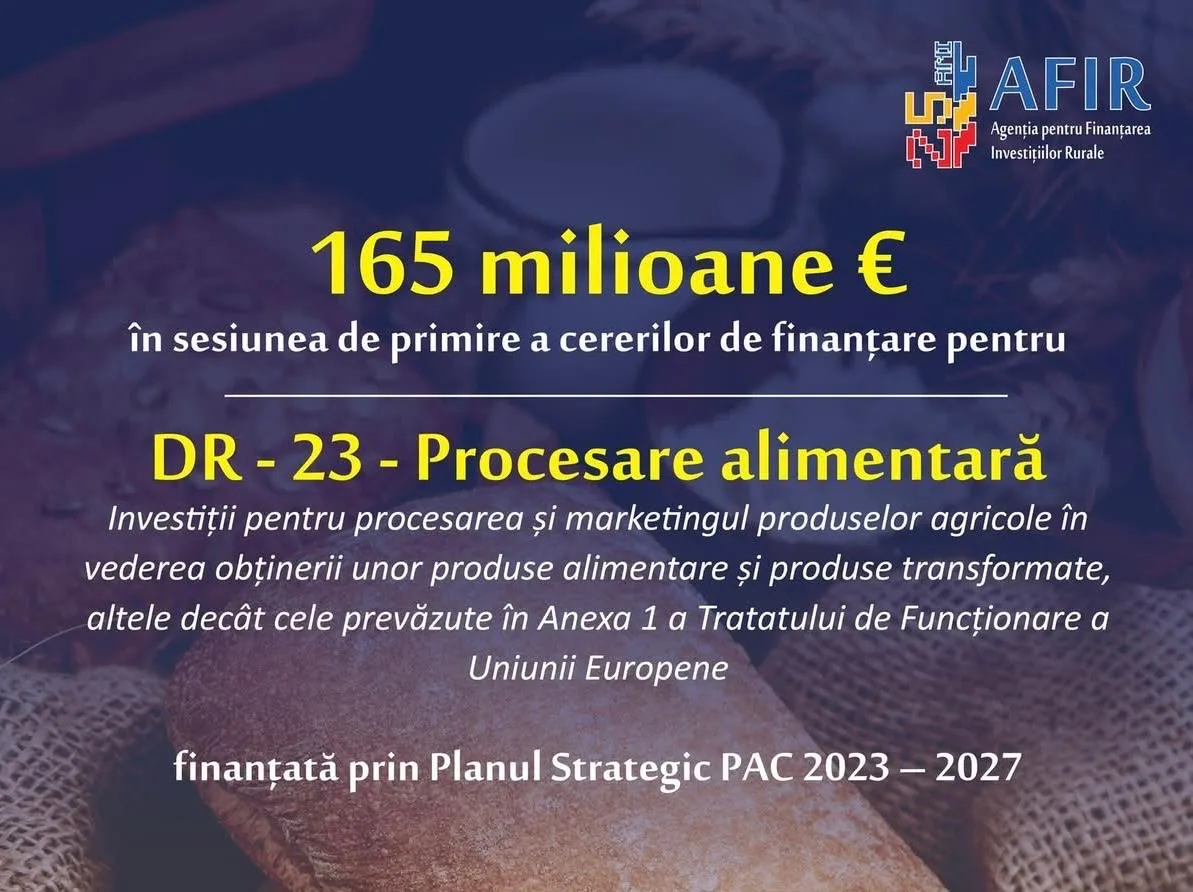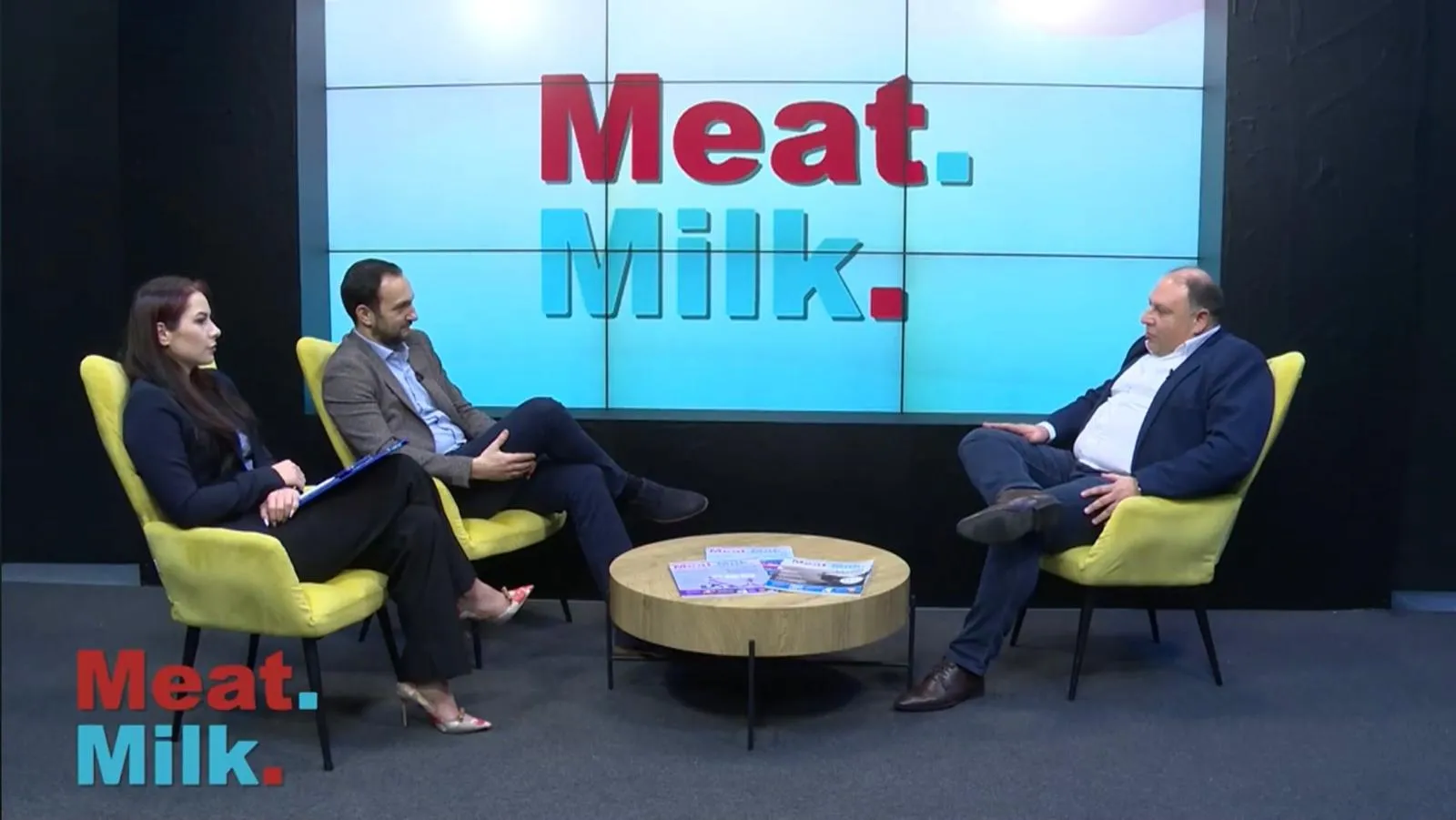
As consumers continue to seek ways to save money amidst high inflation, many are finding trading opportunities in decline, especially in the dairy products category, said John Crawford, Vice President of Dairy Products Insights at Circana, during a webinar by the International Dairy Association, as cited by DairyReporter.
Private label is growing
"White milk is still by far the largest subcategory of dairy in the store," but "in terms of volume, it has been declining for some time," Crawford said. However, he added, "We need to make sure we continue to provide it with the adequate space it needs on the shelf, and perhaps that hasn't been the case in retail here for some time."
Overall, the 15 dairy categories, including milk, natural cheese, yogurt, ice cream, cream, and many others, have seen a strong dollar growth, with the exception of cream/creamer, cream cheese, and whipped topping, experiencing a decline in volume.
The total dairy products market recorded an $8.85 billion year-over-year sales growth, led by total milk at $1.44 billion, natural cheese at $1.31 billion, and refrigerated yogurt at $1.03 billion for the 52 weeks ending April 23, 2023.
In terms of volume sales, total milk sales, processed cheese, and margarine/spreads saw a 3.3% year-over-year decline, with refrigerated desserts experiencing a 4.8% decline in volumes, according to Circana.
Although the dairy products market already consists of many private label offerings, they are leading in growth, Crawford mentioned. "Eight out of the top 15 fastest-growing brands [in dollars] are private label brands, and the top three are all private label brands," he added.
Additionally, private label brands are seeing volume growth in several categories, such as natural shredded cheese (1.8%), natural sliced cheese (3.4%), natural chunks cheese (1.7%), and ice cream (2%), while private label milk saw a 1% volume decline year over year.
"We know what consumers do when prices go up or when the economy declines a little bit. They buy at stores that offer lower prices, such as Aldi. They switch from branded food and beverage stores. They buy more essential items and don't buy as many impulse items."
Growing demands: no fat
Consumers are also changing the types of claims they look for in their products, with some claims that haven't been prominent in the category for years making a comeback, Crawford said.
"No trans fats is making a comeback," Crawford said. "We hadn't seen that since the early 2000s, when everyone reformulated everything to get rid of trans fats. But it's coming back into play, and... products are starting to make those claims on their labels. It's not just in margarine and spreads; it's showing up in creams and creams and other categories."
When it comes to the top five dairy product claims, sales of no/low oil reached $237 million and grew by 40.2% year over year, no/low trans fats reached $1.43 billion and grew by 22.8%, no/low cholesterol reached $999 million and grew by 22.8%, grass-fed claims reached $442 million and experienced an 18.8% growth, and humanely raised claims reached $444 million and grew by 18.6%. As for the claims that declined, antioxidants decreased by 1.6%, non-dairy products decreased by 4.9%, and fiber decreased by 31.0%.
Some dairy categories are growing
While several dairy product categories have seen declines in recent years, it's important to look at the overall market and see how specific claims are driving growth, Crawford noted.
"When we talk about the decline of milk, it doesn't mean we're done with dairy. You have products that have grown by 5%, cream cheese has grown by 4%, natural cheese has grown by 3% in that volume CAGR here. And so, consumers are still consuming dairy; it's just liquid milk that's seeing some softness."
Even with the decline in volume, specific claims are driving the growth of the milk category, Crawford remarked. "Dairy products with protein claims have grown by 10%, dairy products with low or no sugar by 16%, [and] lactose-free by 9.5%," he said. However, these increases are not enough to offset the overall decline in milk, he added.





